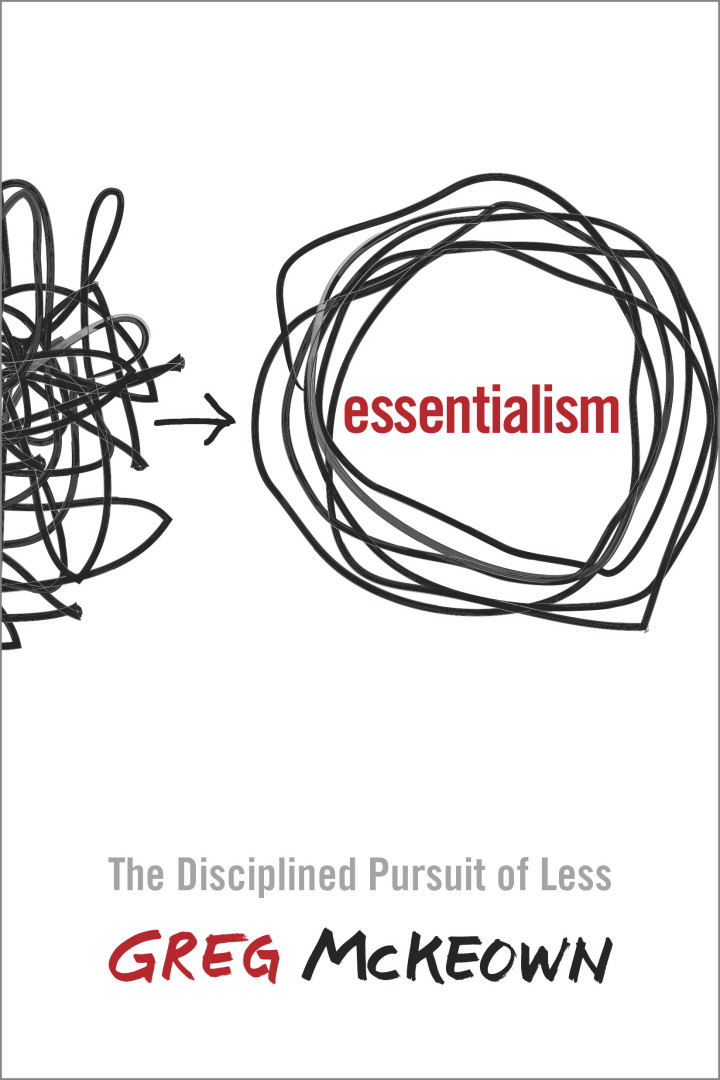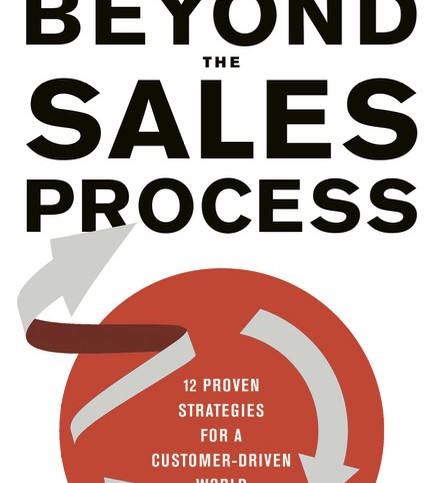It’s Essential that You Read this Book
Since I’ve begun writing about and training others in lean communication, I tend to see more and more around me through a lean lens, which is why Essentialism by Greg McKeown is a book that has gripped my attention so tightly. McKeown does not mention lean in his book, but it’s exactly the same philosophy: figure out what’s important and then cut out everything that does not directly contribute to that. That’s why Essentialism is not like most how-to books that tell you how to get more things done; it’s about how to get more important things done better.
One of its key tenets is the application of the design philosophy of Dieter Rams: less but better. It’s an apt term because pursuing essentialism is about living by design, not default. That word design is key, because, according to Mihaly Csikszentmihalyi, author of Finding Flow, everything we do in life we do for one of three reasons: we want to, we have to, or we have nothing better to do—and we spend about a third of our time in each. To put it in design terms, we design the first third, someone else designs the second for us, and the rest is simply default.
That last third is completely under our control, but it takes vigilance and discipline. The second third is also much more under our control than we might think, although it takes courage to tell others no. But we don’t have to go to every meeting, reply to every email, or agree to every task that’s handed to us. By saying no, you may disappoint others initially, but they will respect you more, and you will have more room to focus on what’s essential to yourself or your higher purpose.
It matters for two reasons. First, people feel best when they are doing the things they want to do, which is no surprise. What is surprising is that doing things because you have to, actually makes you feel better than doing things because you have nothing better to do. So, taking control of your actions will make you better off right now. Second, if you are disciplined in choosing important work that contributes to your own or others’ well-being, you—and they—will be better off in the future as well.
The best test of any book is not what you learn, but what you do differently as a result. You many not learn any deep secrets that you don’t already know in some form or another from reading Essentialism, but McKeown has a way of making you look at familiar ideas in a completely fresh way that stops you in your tracks and makes you think. I’m sure everyone who reads it will connect with something different, but for me it was a simple but powerful question: “What’s Important Now?”
For me, just asking that question every time I find myself drifting into the “nothing better to do” mode, or decide whether to agree to someone’s request, goes a long way to changing the proportions of activity—and the results that come from that.
So if you want to take lean thinking beyond lean communication and apply it to your life, it’s essential that you read this book.




